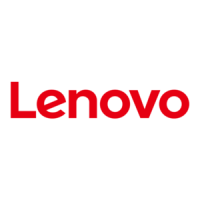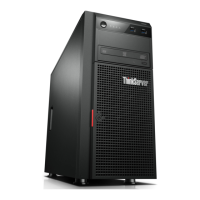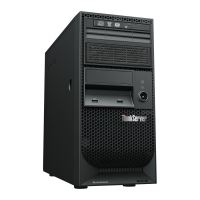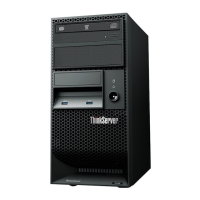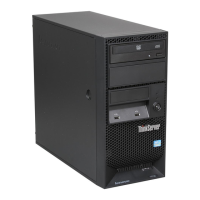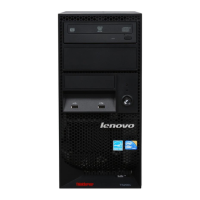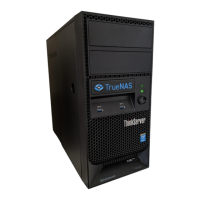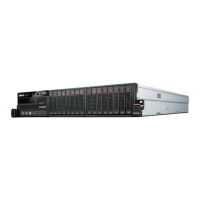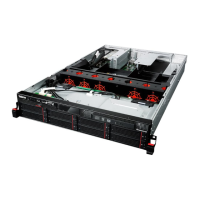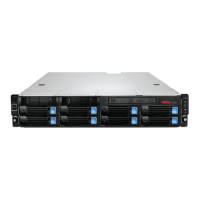Page 391
MegaRAID SAS Software User Guide Appendix C: Glossary
|
Appendix C
access policy A virtual drive property indicating what kind of access is allowed for a particular virtual
drive. The possible values are Read/Write, Read Only, or Blocked.
alarm enabled A controller property that indicates whether the controller’s onboard alarm is enabled.
alarm present A controller property that indicates whether the controller has an onboard alarm. If
present and enabled, the alarm is sounded for certain error conditions.
array See drive group.
BBU present A controller property that indicates whether the controller has an onboard battery
backup unit to provide power in case of a power failure.
BGI rate A controller property indicating the rate at which the background initialization of
virtual drives will be carried out.
BIOS Basic Input/Output System. The computer BIOS is stored on a flash memory chip. The
BIOS controls communications between the microprocessor and peripheral devices,
such as the keyboard and the video controller, and miscellaneous functions, such as
system messages.
cache Fast memory that holds recently accessed data. Use of cache memory speeds
subsequent access to the same data. When data is read from or written to main
memory, a copy is also saved in cache memory with the associated main memory
address. The cache memory software monitors the addresses of subsequent reads to
see if the required data is already stored in cache memory. If it is already in cache
memory (a cache hit), it is read from cache memory immediately and the main memory
read is aborted (or not started). If the data is not cached (a cache miss), it is fetched
from main memory and saved in cache memory.
cache flush interval A controller property that indicates how often the data cache is flushed.
caching The process of using a high speed memory buffer to speed up a computer system’s
overall read/write performance. The cache can be accessed at a higher speed than a
drive subsystem. To improve read performance, the cache usually contains the most
recently accessed data, as well as data from adjacent drive sectors. To improve write
performance, the cache can temporarily store data in accordance with its write back
policies.
capacity A property that indicates the amount of storage space on a drive or virtual drive.
coerced capacity A drive property indicating the capacity to which a drive has been coerced (forced) to
make it compatible with other drives that are nominally the same capacity. For
example, a 4-GB drive from one manufacturer might be 4,196 MB, and a 4-GB from
another manufacturer might be 4,128 MB. These drives could be coerced to a usable
capacity of 4,088 MB each for use in a drive group in a storage configuration.
coercion mode A controller property indicating the capacity to which drives of nominally identical
capacity are coerced (forced) to make them usable in a storage configuration.
Glossary
This appendix provides a glossary for terms used in this document.
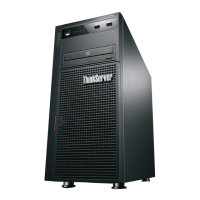
